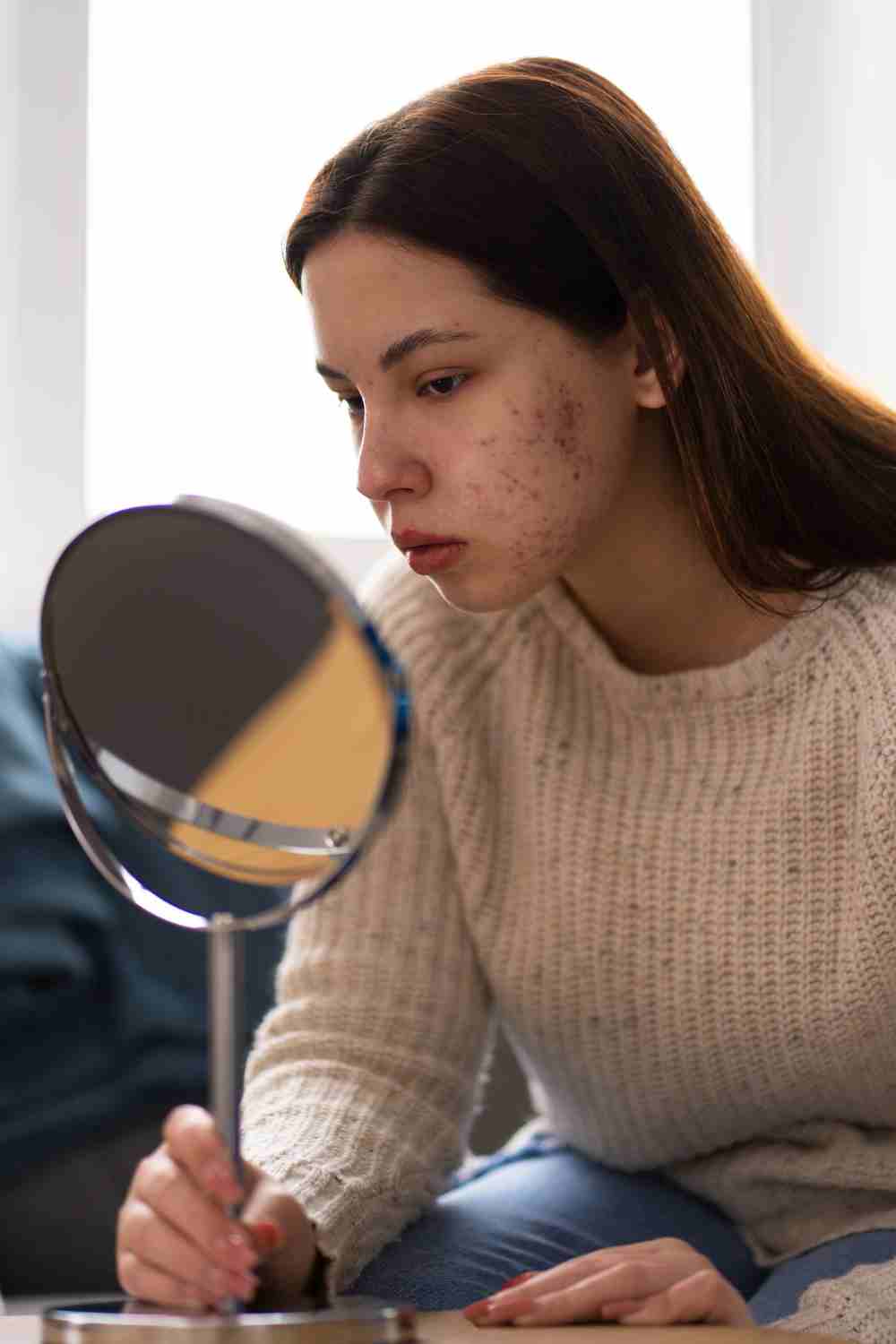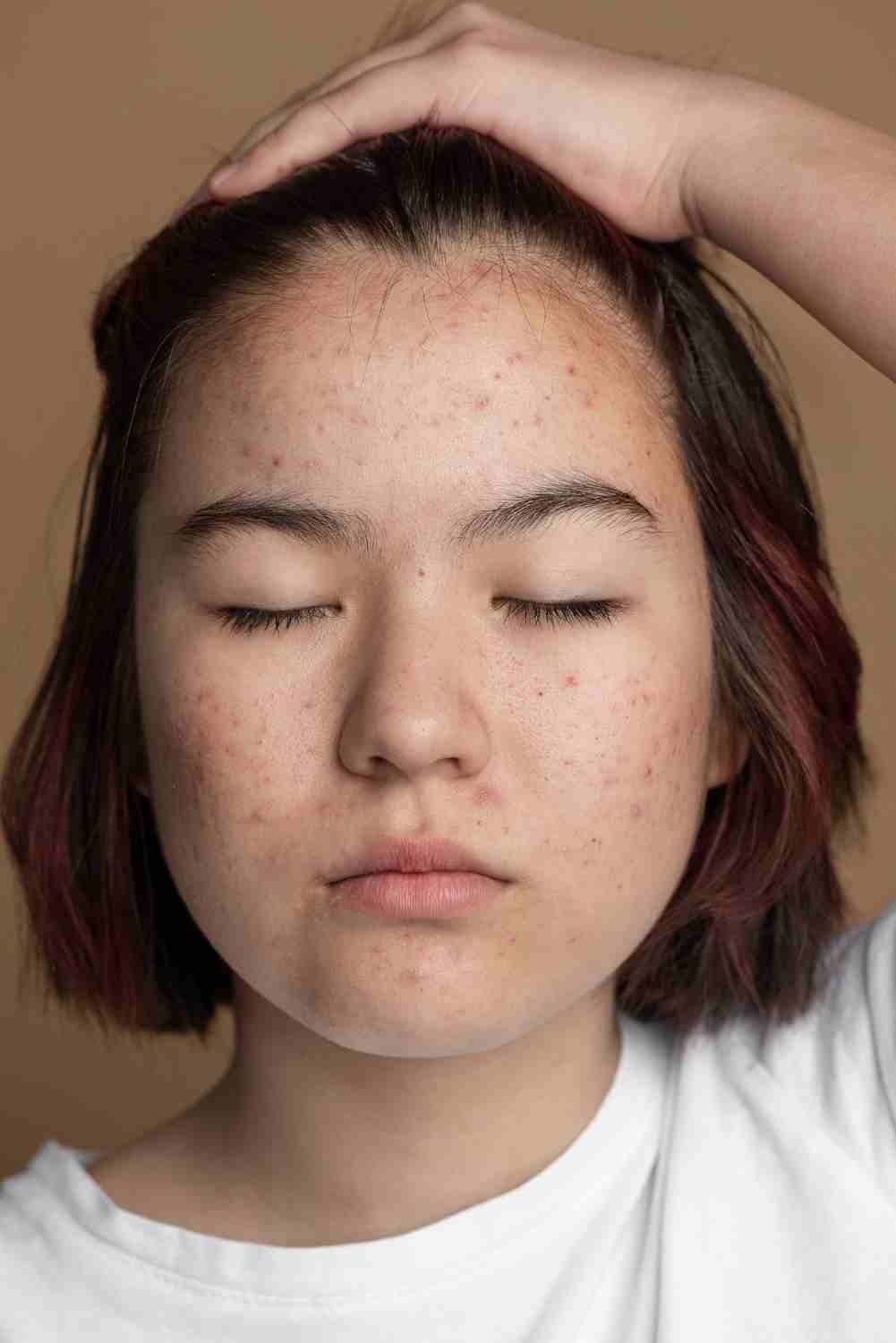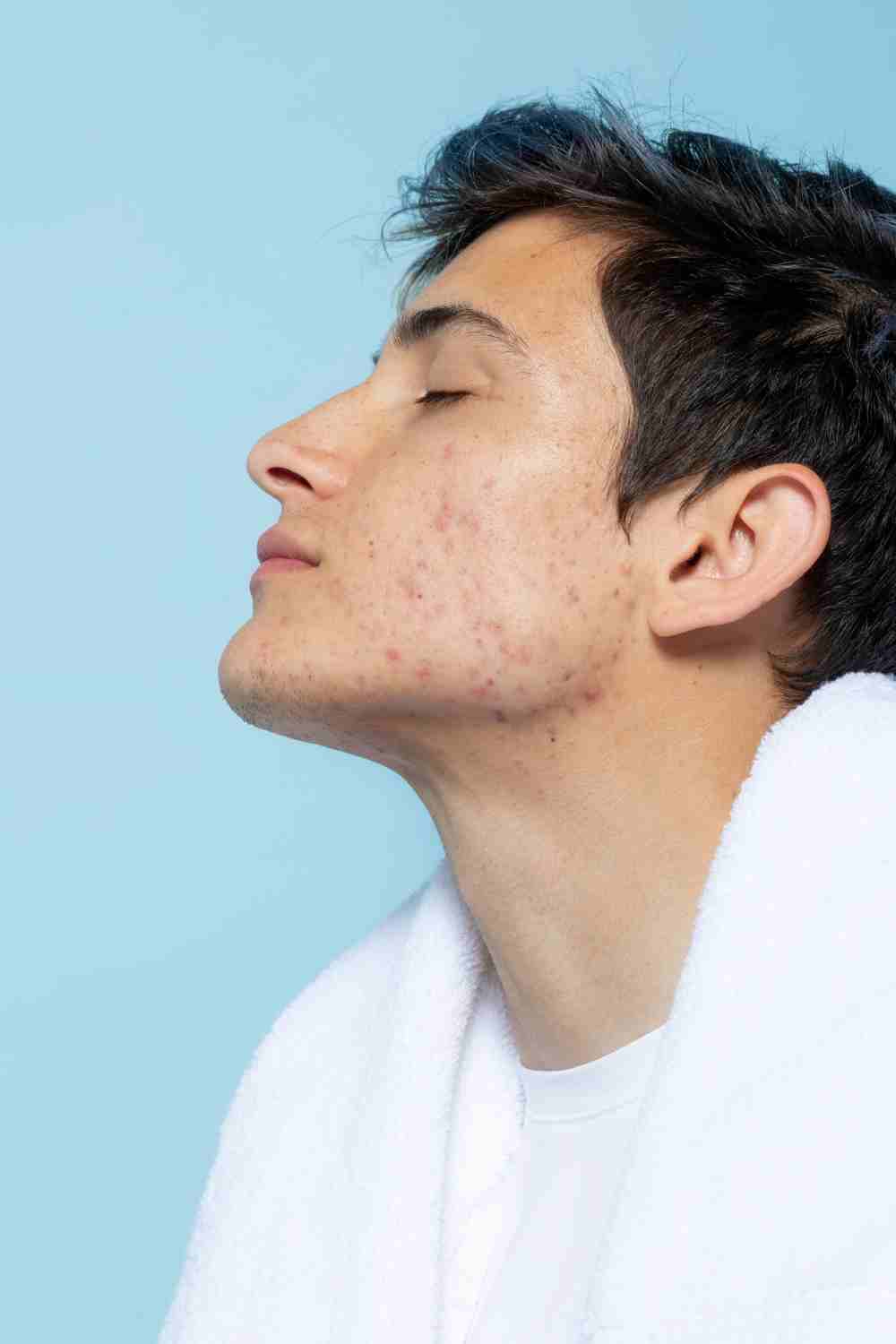Why Is My Face Always Red? 7 Things Your Skin Might Be Telling You

Facial redness can persist due to a variety of skin and health-related causes, ranging from rosacea to lifestyle habits.
Facial redness is more than just a cosmetic issue—it’s often your skin’s way of saying something isn’t quite right. Whether it shows up as a constant flush, blotchy patches, or red bumps, it can be confusing and hard to treat without knowing what’s really behind it.
Here are 7 reasons your skin might be red all the time—and what you can do to start calming it down.
1. Your Skin May Be Reacting to Rosacea
Rosacea is a chronic inflammatory condition that causes persistent redness, especially around the nose, cheeks, and forehead. In many cases, it also leads to visible blood vessels or red, acne-like bumps.
The exact cause isn’t known, but flare-ups are often triggered by heat, spicy food, alcohol, sun exposure, or emotional stress.
What you can do:
Avoid known triggers. Use gentle skincare, wear daily sunscreen, and talk to a dermatologist for prescription treatments if needed.

Rosacea often leads to chronic redness, broken capillaries, and sensitivity, especially in adults over 30.
2. Sun Exposure Can Leave Lasting Redness
If your skin flushes easily after time outdoors, UV damage might be playing a role. Sunburn causes immediate redness, but repeated exposure over time can lead to long-term discoloration and dilated blood vessels.
What you can do:
Wear SPF 30 or higher every day—yes, even on cloudy days. Choose sunscreens designed for sensitive skin and reapply every two hours when outside.
3. You Might Be Having an Allergic Reaction
Redness that appears suddenly, especially after using a new product, could be contact dermatitis. This happens when your skin reacts to ingredients in cosmetics, fragrances, or even laundry detergents.
What you can do:
Discontinue anything new you’ve applied recently. Look for fragrance-free, hypoallergenic options. A patch test can also help pinpoint irritants.
4. Acne Isn’t Just Pimples—It Can Leave Red Marks Too
Inflamed acne can cause redness during breakouts, but even after a pimple heals, the skin may stay red for weeks. This lingering redness is called post-inflammatory erythema (PIE).
What you can do:
Use targeted treatments like niacinamide or azelaic acid to calm redness. Avoid popping or picking at pimples, which only worsens inflammation.

Redness left behind by acne is common and can take time to fade, especially on sensitive skin.
5. Sensitive Skin Might Be Overreacting
Some people naturally have reactive skin that turns red due to temperature changes, wind, or even certain fabrics. This sensitivity can worsen if harsh skincare products are used.
What you can do:
Use a minimal skincare routine with calming ingredients like ceramides, oat extract, or panthenol. Avoid scrubs, alcohol-based toners, and over-exfoliation.
6. There Could Be an Underlying Medical Condition
Certain autoimmune or inflammatory skin conditions like lupus, seborrheic dermatitis, or eczema can lead to facial redness. These often come with other symptoms like flaking, swelling, or itching.
What you can do:
Don’t ignore redness that doesn’t improve. A skin specialist can diagnose underlying conditions and recommend prescription-strength solutions.
7. Your Lifestyle May Be Playing a Bigger Role Than You Think
Triggers like alcohol, smoking, hot beverages, spicy food, and stress can dilate blood vessels and cause facial flushing. Even intense workouts or saunas can do the same.
What you can do:
Take note of what seems to trigger redness. Try cutting back on heat, spice, or stressors when possible. Deep breathing, hydration, and cooling skincare can also help reduce flushing.
Facial redness isn’t always something you can fix overnight—but understanding the cause is the first step. With a bit of detective work and some skin-friendly changes, you can calm your complexion and restore your confidence.
Want help figuring out what’s making your face so red? Start with these tips—and consider seeing a skin specialist for lasting relief.